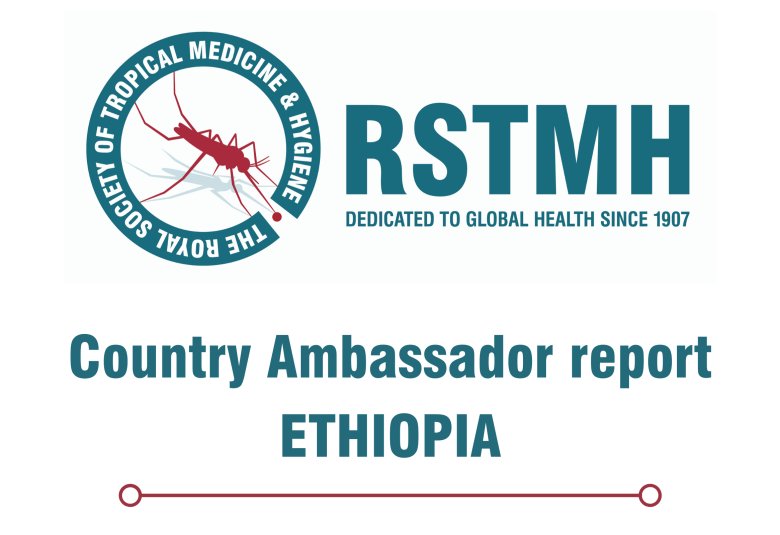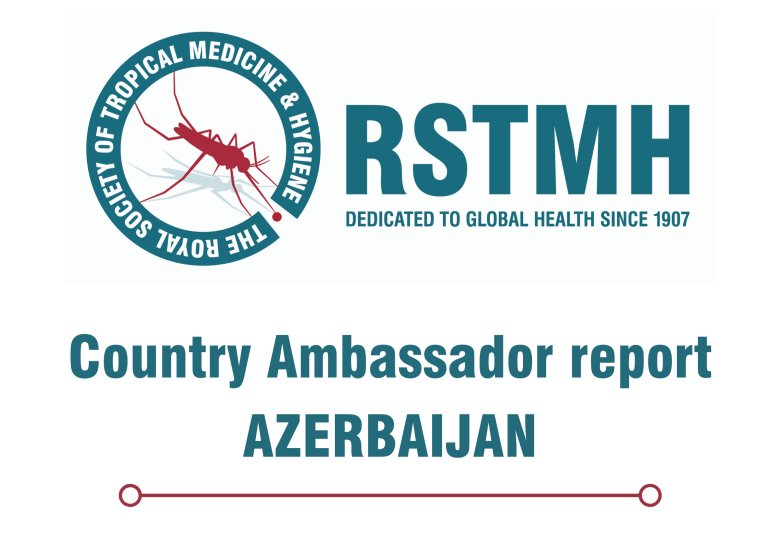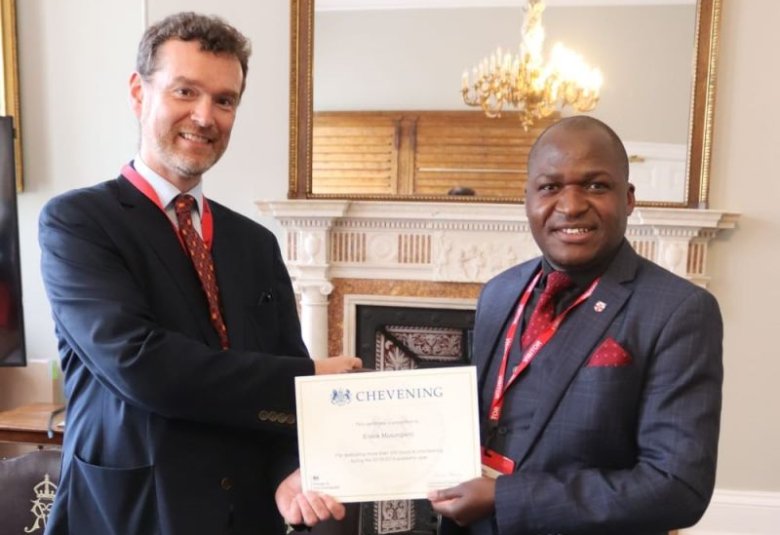The evolution of the COVID-19 pandemic in Kenya
Dr Nanyingi is an infectious disease epidemiologist, a One Health postdoctoral fellow at the Institute of Global Health and Infection, University of Liverpool and a Lecturer at the School of Public Health, University of Nairobi. He is an epidemiology lecturer in the CDCs Field Epidemiology Training Program (FELTP) in Kenya. He is the RSTMH Country Ambassador for Kenya.
On 13 March 2020, Kenya confirmed the first case of COVID-19 in a traveler who had arrived from London a week earlier. As of 27 April 2020, there were 363 confirmed cases, 114 recoveries and 14 deaths (12 males and 2 females). There is sustained local transmission, accounting for 58% of all cases, while 42% are imported. At first Nairobi was the epicenter of the epidemic, which has now spread to 12 more counties with Nairobi and Mombasa leading with 235 cases and 93 cases respectively. There are more males infected (56% - 198) and most of the confirmed cases were asymptomatic (71% - 251).
A multisectoral taskforce, National Emergency Response Committee (NERC) that comprises of health, security, education, transport, finance and trade sectors is responsible for the overall coordination of the COVID-19 response. NERC identified health facilities, public and private laboratories and isolation centers and developed guidelines for case management, infection prevention and control, and surveillance.
The Kenya Medical Research Institute (KEMRI) and the Ministry of Health (MOH) Emergency Operation Center (EOC) use an approach of ‘Test, Track and Treat’ (TTT) which has enabled contact tracing of 3,421 people and the testing of 18,394 people, and the isolation of suspected cases. Decentralisation of targeted testing of high-risk populations has been recommended. They include: healthcare workers, security officers, truck and public vehicle drivers. There is a need to conduct large scale serological tests to determine antibody responses and general exposure of the population to the virus before relaxation of social distancing and the opening of the economy.
To mitigate the spread within the country, the government has implemented several non-pharmacological interventions: school closures, mandatory quarantines, countrywide night curfew, closure of clubs, restaurants and non-essential businesses, suspension of international flights, partial lockdowns in five hotspots (Nairobi, Mombasa, Kilifi, Kwale and Mandera) and the closure of international borders. Public service announcements emphasise policies such as social distancing by working from home, a ban on public gatherings and fewer passengers in public vehicles.
There are mandatory provision of hand sanitisers and use of facemasks in public, while shops and supermarkets have limited hours of operation. Economic safety nets are being provided by the government including the reduction of VAT on some commodities and economic stimulus to cushion low income earners. This has been supported by donations from charitable organisations.
Daily updates are provided by the Cabinet Secretary for Health through nationally televised press briefings that are channeled via social media platforms, radio and local dailies. Further risk communication is routinely done by the MOH through specific messaging on posters and vernacular radio stations at the national and subnational levels. While self-reporting toll free hotlines have been established for call-ins by any suspected cases, there is a need for improving real-time surveillance using mobile apps.
The main challenges observed during this period include: an inadequate number of trained and skilled healthcare workers in case management, infection prevention and control and response, suboptimal contact tracing leading to reporting delays of cases to the EOC and inadequate supply of personal protective equipment (PPE). The shortage of testing kits, nasopharyngeal swabs and transport media, and high costs of private lab testing may affect expanded testing. There is a concern on lack of healthcare capacity to handle a large outbreak due to scarcity of ventilators and Intensive Care Unit (ICU) facilities.
Lack of public compliance to social distancing restrictions (by defying curfew, escaping from quarantine facilities and refusal to wear facemasks) affects the efforts to suppress community transmission. There is also stigmatisation of infected but recovered people and loss of income due to closure of businesses. Poor disposal of facemasks and other PPE has the potential of accelerating the spread of COVID-19 in the country.








